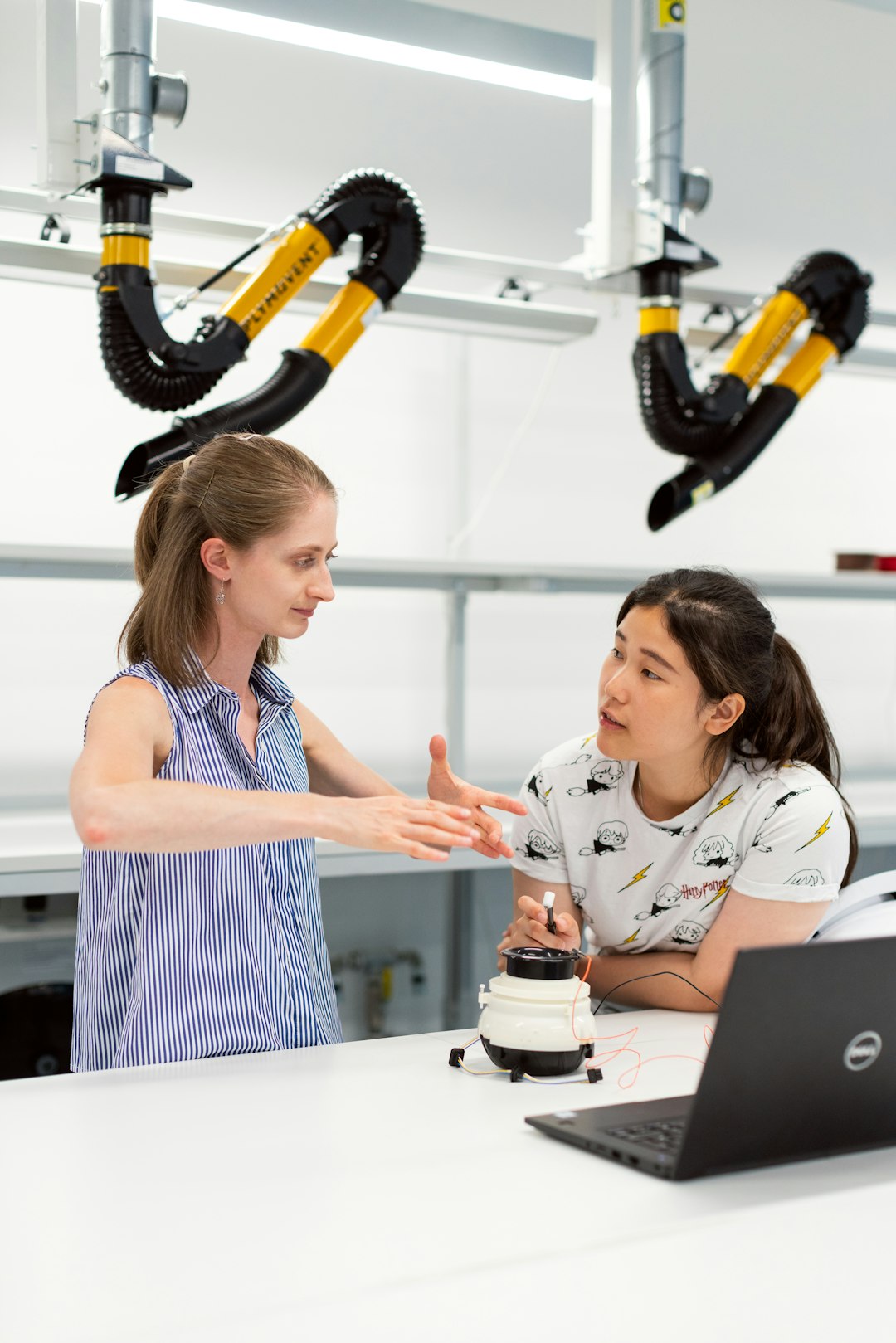Advancements in Aerospace Engineering: Innovations Driving the Future of Flight
The field of aerospace engineering is at the forefront of technological innovation, constantly pushing the boundaries of what is possible in terms of flight. From the first powered flight by the Wright brothers in 1903 to the advancements in space exploration today, aerospace engineers have played a pivotal role in shaping the way we travel, communicate, and explore our universe. In this blog post, we will explore some of the recent advancements in aerospace engineering that are driving the future of flight.
One of the most exciting developments in aerospace engineering in recent years has been the rise of commercial space travel. Companies like SpaceX, Blue Origin, and Virgin Galactic are leading the charge in developing reusable rockets and spacecraft that can take tourists to the edge of space and beyond. SpaceX’s Falcon 9 rocket, for example, is capable of launching payloads into orbit and then returning to Earth for a vertical landing, ready to be reused for future missions. This breakthrough in rocket reusability has the potential to dramatically reduce the cost of space travel and open up new opportunities for exploration and research.
Another area of rapid advancement in aerospace engineering is in the development of supersonic and hypersonic aircraft. These aircraft are capable of flying faster than the speed of sound, enabling faster travel times and more efficient fuel consumption. Boeing and Lockheed Martin are both working on developing supersonic passenger jets that could revolutionize air travel, while companies like Aerion Supersonic and Boom Supersonic are pushing the boundaries of what is possible with hypersonic aircraft. The development of these aircraft is challenging traditional notions of aerodynamics and structural engineering, requiring engineers to develop new materials and design techniques to handle the extreme speeds and temperatures involved.
Advancements in materials science have also played a key role in driving innovation in aerospace engineering. Lightweight composites and alloys are now commonly used in the construction of aircraft and spacecraft, enabling engineers to build stronger, more fuel-efficient vehicles. NASA’s Space Launch System (SLS), for example, uses advanced carbon-fiber composites in its rocket’s core stage to reduce weight and increase performance. These materials are also being used in the development of new types of aircraft, such as electric-powered drones and autonomous vehicles, which promise to revolutionize the way we think about flight.
One of the most exciting and potentially revolutionary advancements in aerospace engineering is the development of electric and hybrid propulsion systems. Traditional jet engines burn fossil fuels and produce harmful emissions, but electric motors offer a clean and efficient alternative. NASA’s X-57 Maxwell aircraft, for example, is an all-electric plane that is being developed to demonstrate the feasibility of electric propulsion for commercial aviation. Hybrid propulsion systems, which combine traditional jet engines with electric motors, are also being explored as a way to improve fuel efficiency and reduce emissions in existing aircraft.
Advancements in aerospace engineering are not limited to vehicles that fly in Earth’s atmosphere. Engineers are also working on developing new technologies for space exploration, including advanced propulsion systems, robotic spacecraft, and habitats for long-duration space missions. Companies like SpaceX and Blue Origin are working on developing reusable rockets and spacecraft that can take humans to Mars and beyond, while NASA is developing new technologies for exploring the moons of Jupiter and Saturn. The advent of private space companies like SpaceX and Blue Origin has also opened up new opportunities for commercial space exploration, with companies like SpaceX planning to send tourists on orbital flights and even to the Moon.
In conclusion, advancements in aerospace engineering are driving the future of flight in ways that were once thought to be impossible. From the development of reusable rockets and supersonic aircraft to the use of advanced materials and electric propulsion systems, engineers are pushing the boundaries of what is possible in terms of flight. As we look to the future, it is clear that aerospace engineering will continue to play a key role in shaping the way we travel, communicate, and explore our universe. The sky is no longer the limit – it is just the beginning of what is possible in aerospace engineering.


